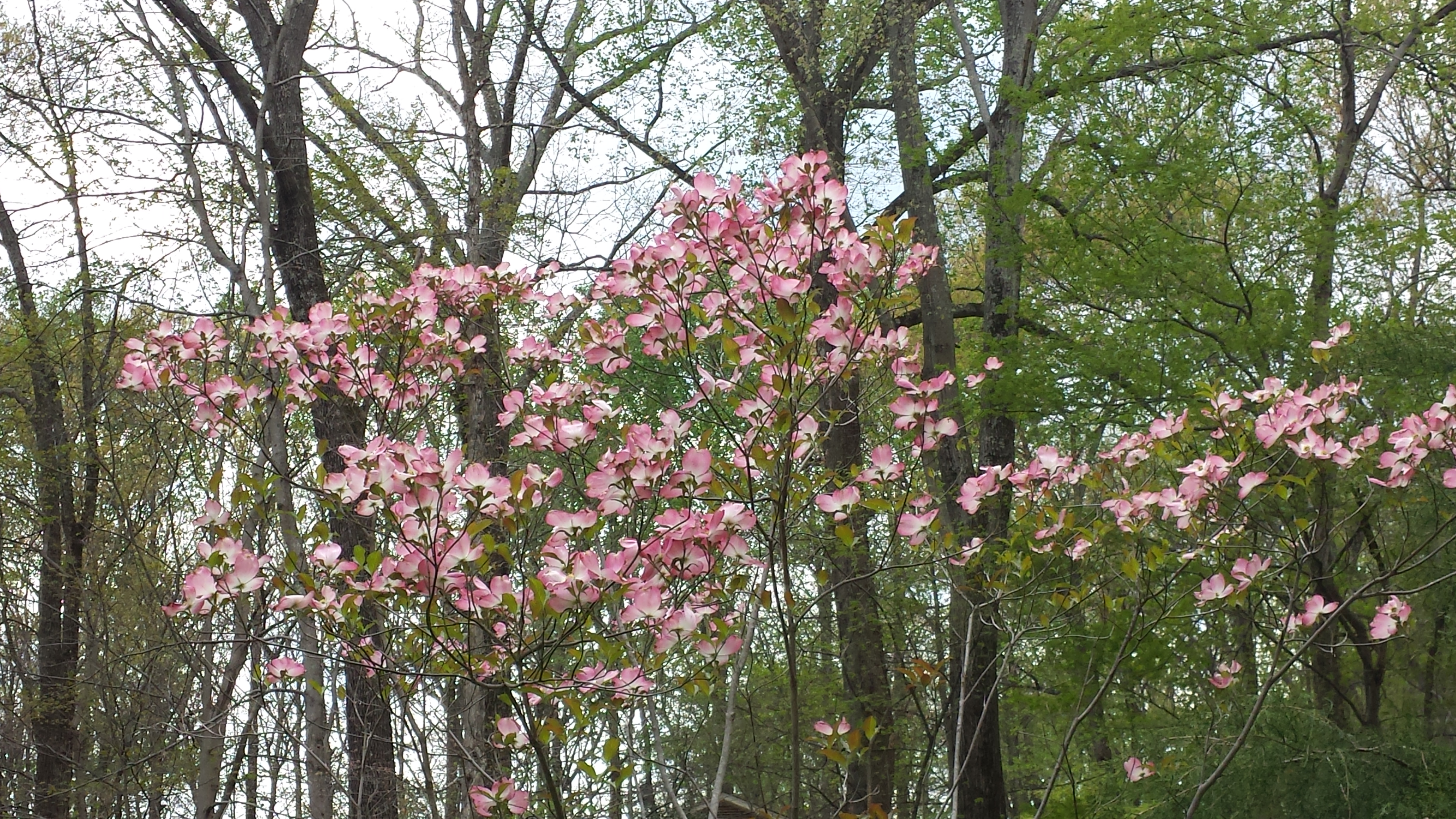
If the first 2-4” (5-10cm) of soil is dry, it is time to water. To check for soil moisture use your finger or a hand trowel to dig a small hole and examine the soil. Deep watering encourages roots to grow further into the ground resulting in a sturdier plant with more drought tolerance. During hot spells thoroughly soaking the ground up to 8” (20 cm) every few days is better than watering a little bit daily. A slow, one-hour trickle of water should do the job. Watering Instructionsĭepending on rainfall, new plants need to be watered weekly through the first growing season. Keep the mulch at least 4” (10cm) away from the trunk of the plant as this can keep the bark too moist and cause it to decay. Water the plant well then add a 2” (5cm) layer of mulch, such as shredded bark, around the planting area. Fill the hole until the soil line is just at the base of the plant, where the roots begin to flare out from the main stem. Return the soil to the planting area packing it firmly around the root ball. If roots are tightly packed gently rake them apart with your fingers. If the root ball is wrapped in burlap fabric this must now be removed along with any string or wire securing the burlap. The container can also be removed by carefully cutting it down the side. Rotate the container and continue to tap, loosening the soil until the plant pulls smoothly from the pot. To remove the plant from the container, gently brace the base of the plant, tip it sideways and tap the outside of the pot to loosen. This enriches the soil and loosens the existing dirt so that new roots can spread easily. After removing the soil, mix it with some compost or peat moss. To prepare the planting area dig a hole as deep as the root ball and three times as wide.
#CHEROKEE BRAVE DOGWOOD AVAILABILITY WINDOWS#
Consider whether tall trees or shrubs will block windows or interfere with the roof or power lines. Space plants far enough from building foundations, walls, and decks so that the growing foliage won't crowd the structure. This is a selection of a native North American species.Plant in spring or early fall to give plants the best start.Ĭhoose a location that will allow roots to spread and branches to grow freely. Consider applying a thick mulch around the root zone in winter to protect it in exposed locations or colder microclimates. It is quite intolerant of urban pollution, therefore inner city or urban streetside plantings are best avoided, and will benefit from being planted in a relatively sheltered location. It is very fussy about its soil conditions and must have rich, acidic soils to ensure success, and is subject to chlorosis (yellowing) of the foliage in alkaline soils. It requires an evenly moist well-drained soil for optimal growth, but will die in standing water. You may want to keep it away from hot, dry locations that receive direct afternoon sun or which get reflected sunlight, such as against the south side of a white wall.
#CHEROKEE BRAVE DOGWOOD AVAILABILITY FULL#
This tree does best in full sun to partial shade. It grows at a slow rate, and under ideal conditions can be expected to live for approximately 30 years.

It has a low canopy with a typical clearance of 4 feet from the ground, and should not be planted underneath power lines. Gardeners should be aware of the following characteristic(s) that may warrant special consideration Ĭherokee Brave Flowering Dogwood is recommended for the following landscape applications Ĭherokee Brave Flowering Dogwood will grow to be about 30 feet tall at maturity, with a spread of 35 feet. It is a good choice for attracting birds to your yard. This is a relatively low maintenance tree, and should only be pruned after flowering to avoid removing any of the current season's flowers. Its average texture blends into the landscape, but can be balanced by one or two finer or coarser trees or shrubs for an effective composition. The warty gray bark adds an interesting dimension to the landscape.Ĭherokee Brave Flowering Dogwood is a multi-stemmed deciduous tree with a stunning habit of growth which features almost oriental horizontally-tiered branches.

It produces red berries from early to late fall. The pointy leaves turn an outstanding brick red in the fall. It has forest green deciduous foliage which emerges burgundy in spring. A highly desirable ornamental tree which is absolutely blanketed in rich red flowers that fade to white in the centers in spring, attractive tiered habit as well an extremely fussy tree that requires rich, well-drained acidic soil and adequate moistureĬherokee Brave Flowering Dogwood features showy clusters of crimson flowers with white centers held atop the branches in mid spring.


 0 kommentar(er)
0 kommentar(er)
